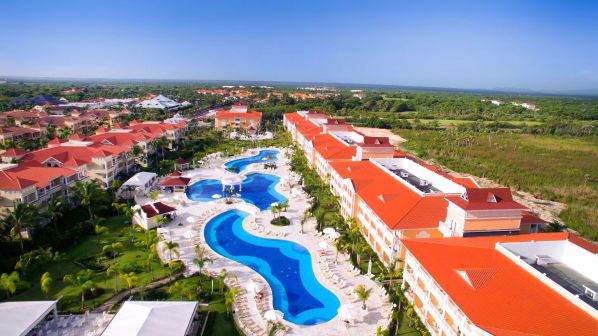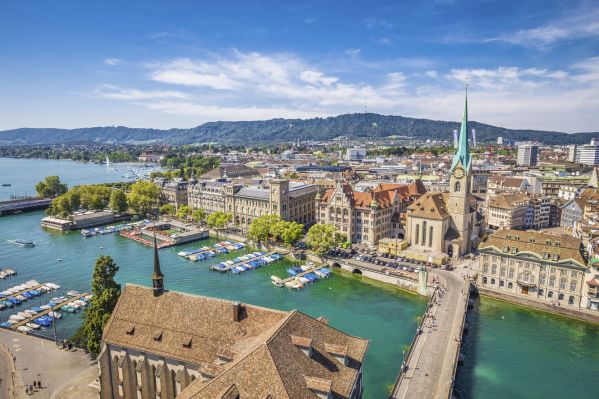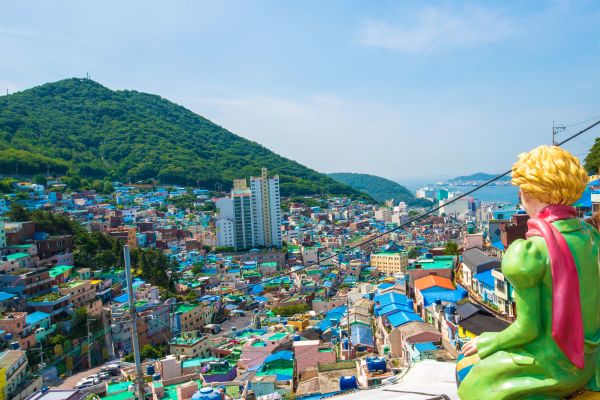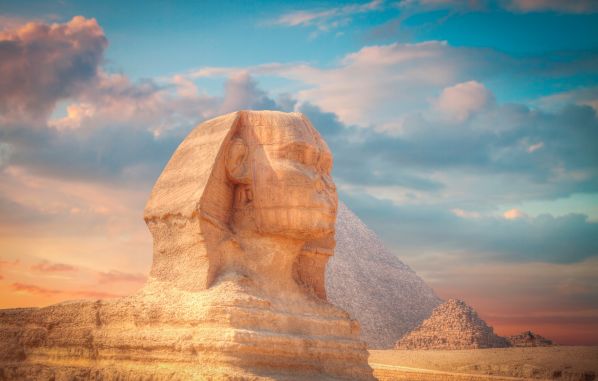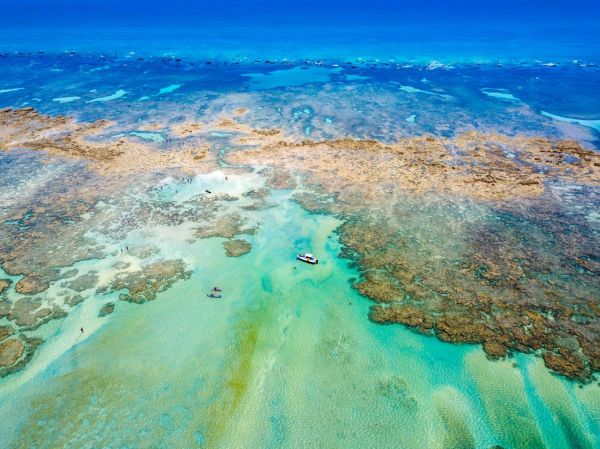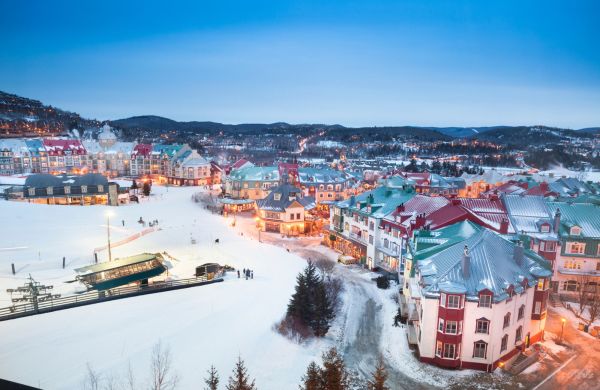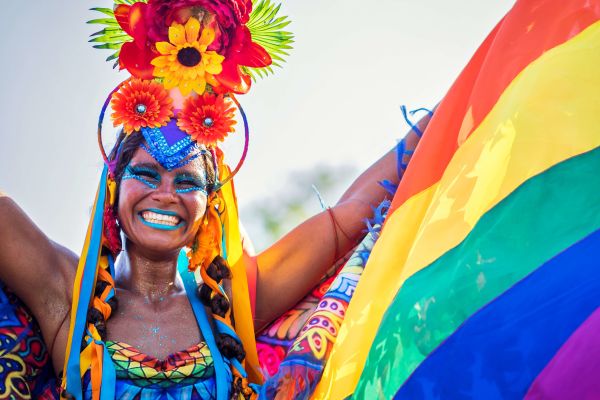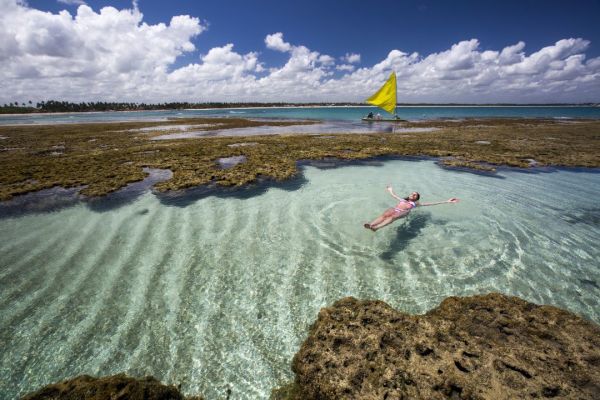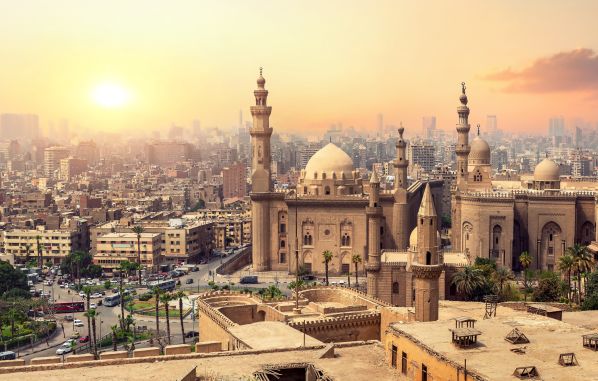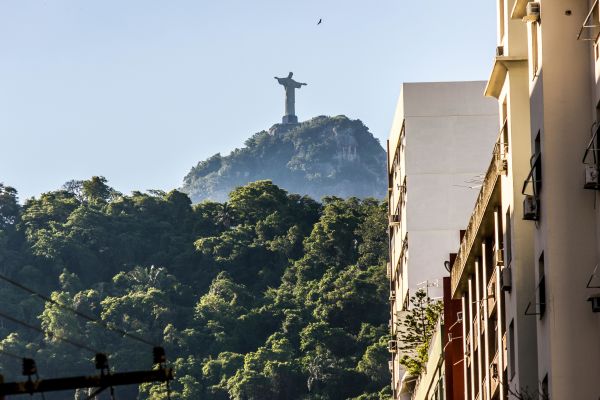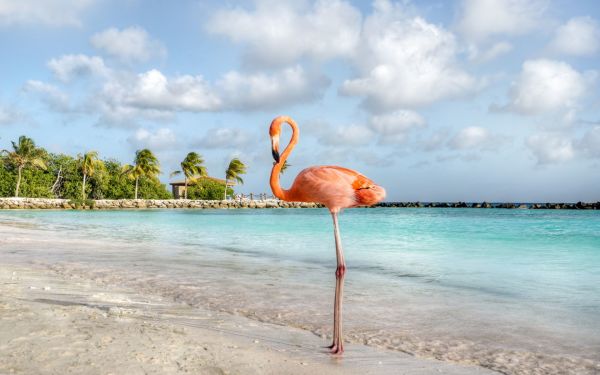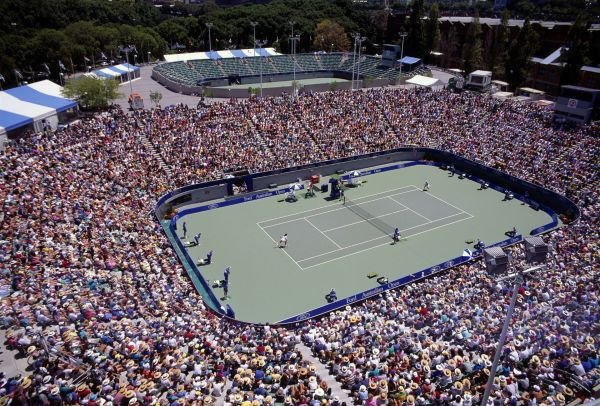Special 7 wonders of the world: The sacred city of Machu Picchu

Llaqtapata or Patallaqta , the Lost City , the cradle of the Inca Empire , the Sanctuary , the Jewel of the Andes . Machu Picchu is called many things, but the locals' favorite is Sacred City , because it reflects the ceremonial and religious importance it held for the Inca civilization , which left behind this architectural masterpiece considered one of the 7 wonders of the world .
The iconic Inca citadel rises majestically among the clouds , surrounded by mountains and shrouded in an aura of mystery that has captivated the world . Located in the Andean mountains of Peru , this wonder of the modern world is, in essence, a living testament to the grandeur of its ancient civilization .
The legacy of Machu Picchu
Since its discovery in 1911 by explorer Hiram Bingham , Machu Picchu has been the dream destination for millions of travelers seeking to connect with history , nature , and a legacy that transcends time .
Machu Picchu is not only a historical site , but also a natural sanctuary that boasts incredible biodiversity , with panoramic views opening up from different points within the complex. Surrounded by jungle-covered mountains , this place is home to a wealth of endemic flora and fauna , including majestic Andean condors , llamas , and orchids .

Built in the mid- 15th century under the reign of Emperor Pachacuti , Machu Picchu is an archaeological enigma . It is believed to have been an important ceremonial center and retreat for the Inca elite , although its exact function remains a subject of debate among historians . What is undeniable is the precision with which the Incas worked each stone, fitting them together perfectly without mortar , creating a city that has withstood centuries of earthquakes and the erosion of time .
Its location, in a seemingly inaccessible corner of the Andes Mountains , protected Machu Picchu from the Spanish invasion and allowed it to remain intact for centuries, preserving its mystique and splendor . Today, walking through its terraces , temples , and plazas is like stepping back in time, exploring a place where nature and architecture coexist in perfect harmony .
Reaching the citadel, a true adventure
Access to Machu Picchu , located 2,430 meters above sea level, is not easy, but this difficulty adds an air of adventure to the experience. There are several routes to get there, but the most iconic is the Inca Trail , an ancient path that the Incas themselves used to make their pilgrimage to the sacred citadel.
This trekking route, which takes between four and five days , winds through majestic mountains , lush jungles and ancient archaeological sites before ending at the famous Sun Gate (Inti Punku) , from where the first view of Machu Picchu is revealed.

For those who prefer a more direct option, there is the possibility of taking a scenic train from the city of Cusco or the Sacred Valley to the Aguas Calientes station. From there, a short bus ride will take you to the entrance of the citadel .
Machu Picchu , chosen as one of the New Seven Wonders of the Modern World on July 7, 2007 , in the New7Wonders competition, is a complex full of wonders to discover , where every corner seems to tell a story . As you explore its structures , you'll notice how the Incas made the most of the natural environment to build a city that respects and complements the landscape .
Eternal Sacred Valley (8 days / 7 nights)
What to see in Machu Picchu
The Temple of the Sun , an impressive semicircular building , is one of the architectural jewels of Machu Picchu . Built to worship the sun god (Inti) , it showcases the advanced astronomical knowledge of the Incas . During the winter solstice , the sun's rays enter through a perfectly aligned window , illuminating a ceremonial altar inside.

Another highlight of the citadel is the Sacred Rock , a large monolith believed to represent a religious altar . Its imposing design symbolizes the Incas' connection to nature and the sacred mountains that surround it.

One of the most popular spots for travelers is the Sacred Plaza , the central space that served as a meeting point for the Inca elite , where religious ceremonies and rituals took place. There, you can feel the energy that still emanates from the stones , imbued with history and spirituality .

The Temple of the Three Windows , for its part, is a fascinating structure that showcases the Incas' skill in symmetrical architecture . It is believed that its three windows symbolize the Inca trilogy : the upper world (Hanan Pacha) , the earthly world (Kay Pacha) , and the underworld (Uku Pacha) .

As you walk the cobblestone paths of Machu Picchu and contemplate the vast mountain landscape , you will feel an inner peace that only such a mystical and sacred place can offer. Don't wait any longer to discover this magical corner of Peru and take with you a piece of the Inca legacy that will be etched in your heart. The sacred city awaits you!
You might also be interested in: Barranquilla Carnival: The festival that paints the Caribbean with color

